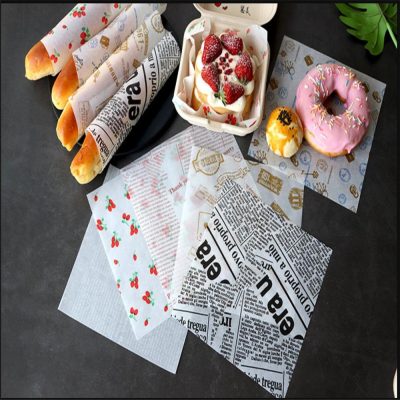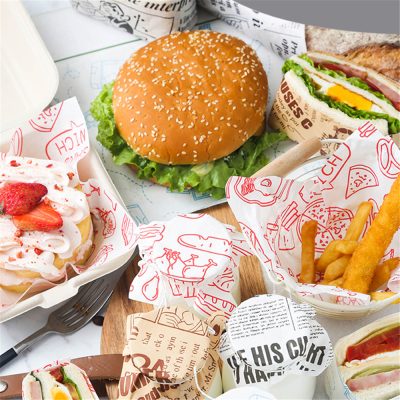With the rapid development of my country’s packaging industry, the role of packaging production in promoting the construction of the national economy and improving the material and cultural life of the people has become increasingly apparent. As an independent industry system, the development of packaging industry has been included in the national economy and society. development plan. Although packaging has become a part of people’s lives, food safety incidents related to packaging have occurred from time to time. Many countries have formulated production standards, and the editor of China Paper Network has listed them in part.
The relevant information on the applicable standards for food packaging paper is introduced as follows:
my country’s “Sanitary Standards for Base Paper for Food Packaging” clearly stipulates the hygienic indicators of lead, arsenic, fluorescent substances, decolorization tests, coliforms and pathogenic bacteria in the base paper that directly contacts food, and formulates supporting testing method standards. “Analytical Methods of Hygienic Standards for Base Paper for Food Packaging”. The outer material of food packaging is not applicable to the “Sanitary Standard for Raw Paper for Food Packaging”.
At present, paper cups and paper bowls for food such as instant noodles and milk tea are generally double-coated products. The part of the paper material that is in direct contact with the food should meet the “Sanitary Standards for Raw Paper for Food Packaging”, and the coating material should meet the corresponding standards. The outer material of food packaging containers should avoid direct contact with food, and measures should be taken to prevent the migration of fluorescent substances into food to avoid harming human health. The United States Food and Drug Administration lists food contact applications in Chapter 176 of Part 21 of the Code of Federal Regulations. Substances permitted in paper and cardboard, with no restrictions on optical brighteners. The US FDA has also approved a number of substances for use in paper and board, including optical brighteners, through the Food Contact Substances Notification Program.
The EU has no regulations for food packaging paper, and generally follows the provisions of Part 36 of the German Federal Institute for Risk Assessment Food Contact Materials Regulations on food contact paper. BfR36/2 baking paper section stipulates that baking paper shall not use colorants or optical brighteners, but in the case that the colorants or optical brighteners do not migrate into the food, the multi-layer paper and cardboard shall not be directly in contact with the food. The above substances can be used for the outer layer paper in contact. The European Council Directive stipulates that only kitchen towels and napkins can be added with fluorescent whitening agents, and the maximum use amount shall not exceed 0.3%. Other food contact paper products should comply with the German BfR regulations on food contact paper.
Japan, Australia, New Zealand and other countries have no specific regulations for food packaging paper, and are only managed by the general regulations on food contact materials.
Although different countries have different applicable standards for food packaging paper, as long as the relevant food packaging companies strictly abide by the relevant regulations and implement strict self-discipline. The editor of China Packaging Network believes that food safety issues will be further improved.









